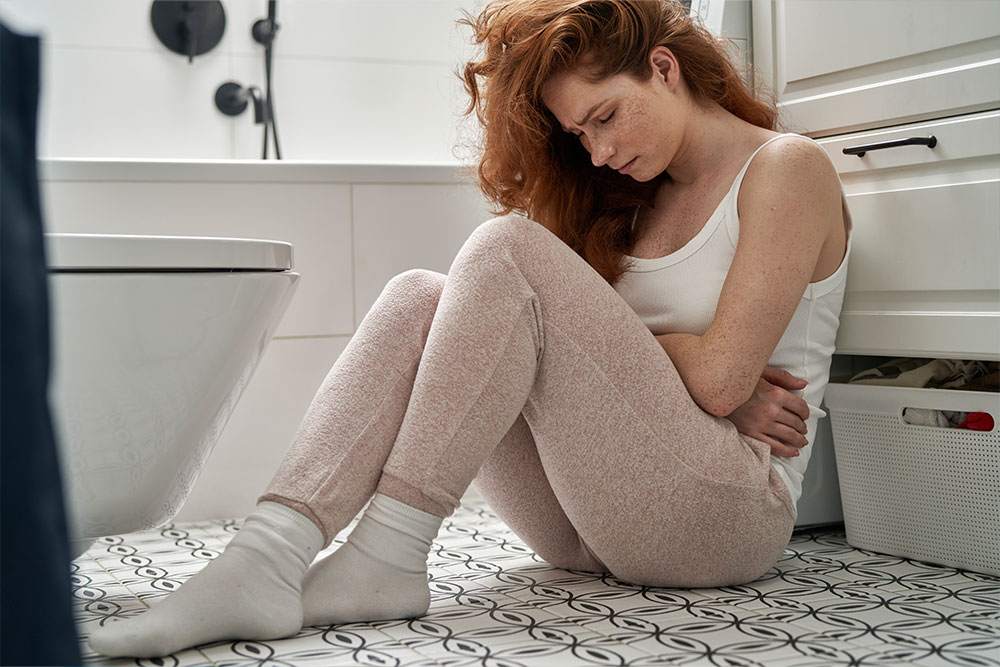Overview
Pilonidal disease is a chronic skin infection in the crease of the buttocks near the coccyx (tailbone). It can be caused by stiff or excessive hair in the cleft of the buttocks. Excessive sitting and obesity increases the risk for pilonidal disease.
Diagnosis
Pilonidal cysts may become infected and develop into an abscess. Some common symptoms may include:
- Small dimple above the buttocks
- Large painful mass
- Clear, cloudy or bloody fluid drainage from affected area
- If infected, the area becomes red and tender and the drainage (pus) smells foul
- If infected, may have fever, nausea or feel ill
Treatment
Common treatment of a Pilonidal Cyst involves drainage, often done in the surgeon’s office. Recurring infections may require more complex procedures under general anesthesia to remove the cyst entirely. Antibiotics are sometimes used in the treatment of anal abscesses.
For any procedure, postsurgical instructions will be provided by your doctor. Wounds must be kept clean and dry until the skin is fully healed. If the wound is left open, dressings or packing are used to help remove secretions and allow the area to heal from the bottom up. Do not use creams, lotions, ointments or salves.
After healing, the skin in the buttocks crease must be kept clean and free of hair. It is necessary to shave or use a hair removal agent every 2 or 3 weeks until the age of 30. After that age, hair shafts thin out and soften and the depth of the buttock cleft lessens. Pilonidal disease can be a chronic, recurring condition so it is important to follow your physician’s postsurgical care instructions. ASCRS: Pilonidal Disease













